How to clean windows without streaks — 5 easy steps that cleaning pros always follow
Our tried and tested guide that will leave nothing but streak-free shine

Christina Chrysostomou
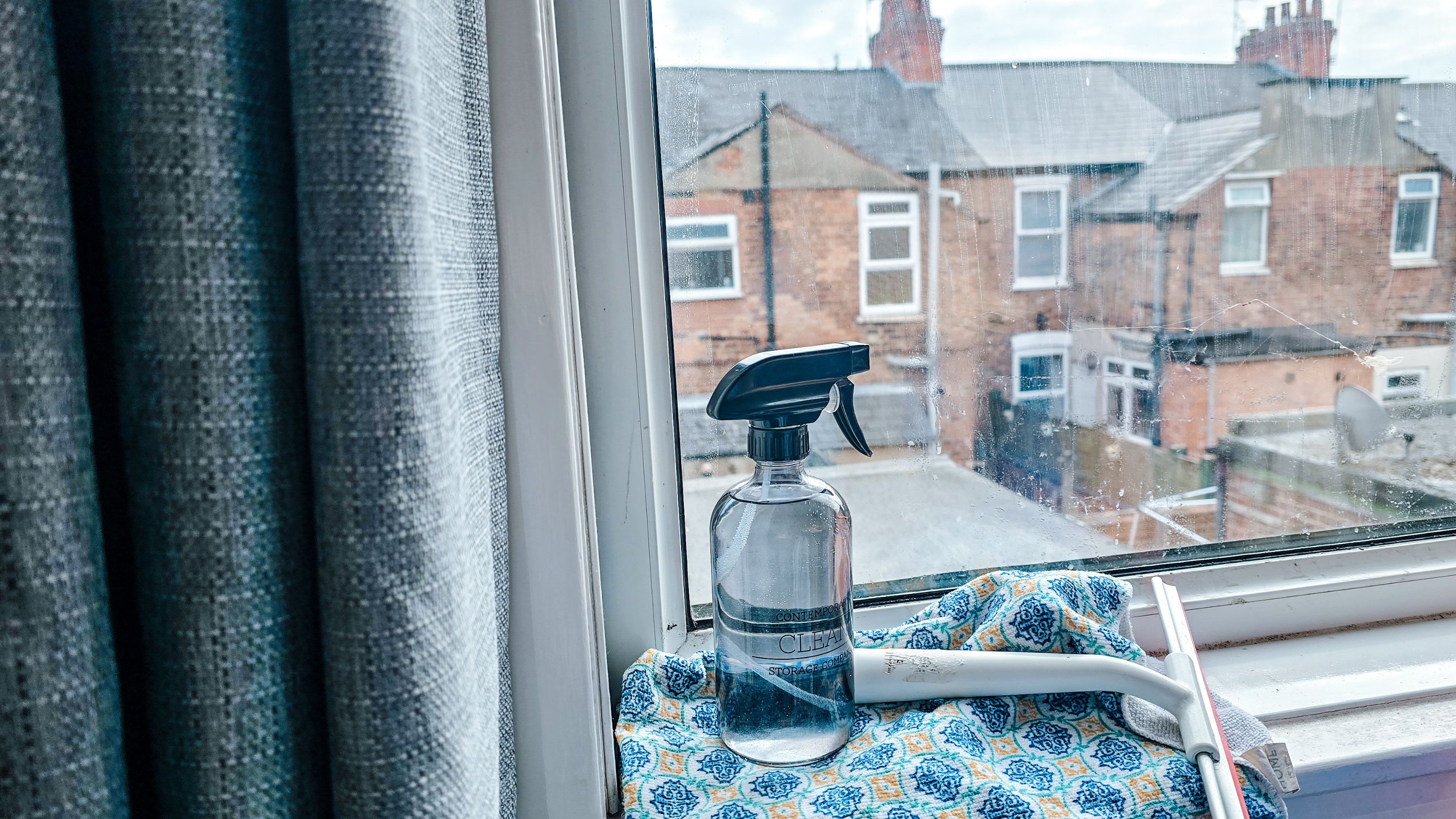
Are your windows looking a little grubby? It may be time to roll up your sleeves and give them a good clean.
I've asked cleaning experts for their top tips for perfect panes and put together this guide that uses the simplest steps possible. Picking the right day and choosing the right supplies are key for success. Staying on top of cleaning windows will ensure light floods into your home and grime doesn't build up.
Even the best cleaning supplies won't work if you're using the wrong tools or haven't nailed the technique. Don’t worry though — our step-by-step guide on how to clean windows without streaks has got you covered.
What you’ll need to clean windows without streaks
- Squeegee — we love the Oxo Good Grips Squeegee on Amazon, which is made from stainless steel and is Amazon's Choice.
- Window cleaning solution or distilled white vinegar — we use the Heinz Cleaning Vinegar from Amazon which is strong and can also be used for cooking.
- A spray bottle — the Wedema Glass Bottle on Amazon looks chic and has a 16 oz. capacity.
- A microfiber cleaning cloth — over 70,000 people love the Amazon Basic Microfiber Cloths.
Step 1: Pick the right day for streak-free clean windows
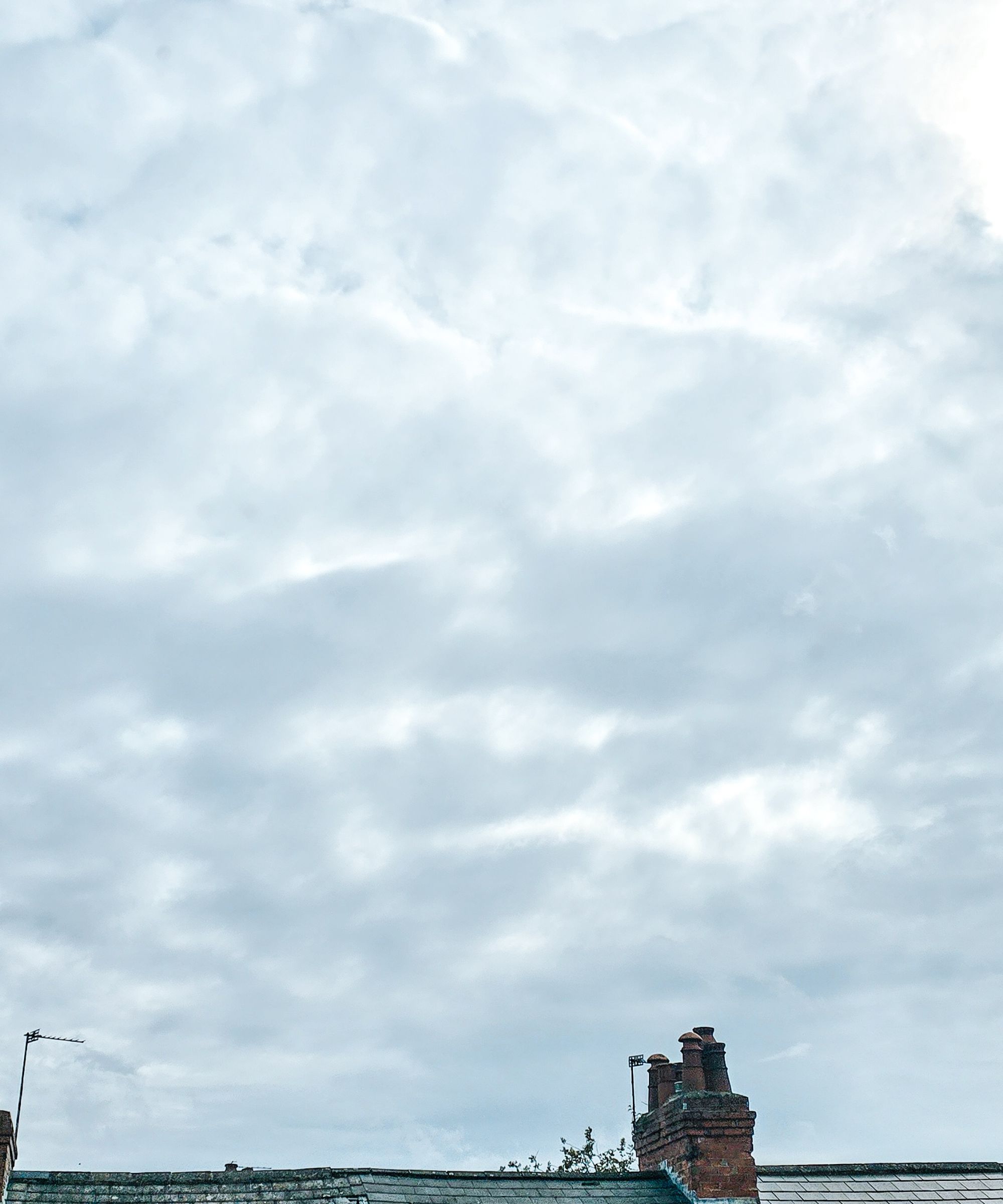
Is it a sunny day? Hold off washing windows until it's cloudy out, like I did.
“I know it might be tempting to do household chores when the sun is shining, but cleaning windows on a hot day can actually be a bit of a challenge,” explains James King, cleaning expert at DeluxeMaid.
He continues, “The high temperature makes the cleaning solution dry up super quickly, which can make it tough to get a smooth and streak-free finish.
If this happens over time, James says this can actually damage the glass and cause it to deteriorate.
Get small space home decor ideas, celeb inspiration, DIY tips and more, straight to your inbox!
“The solution doesn't stay on the window surface long enough to properly break down dirt and grime,” he adds. “It can also be frustrating because the solution doesn't spread evenly, and you end up with a partially cleaned window.”
This also means that you tend to scrub more, which is a lot more work and can add pressure to the glass.
We've got more info on why you should never clean window panes when the sun shows its face.
Step two: Remove curtains and blinds
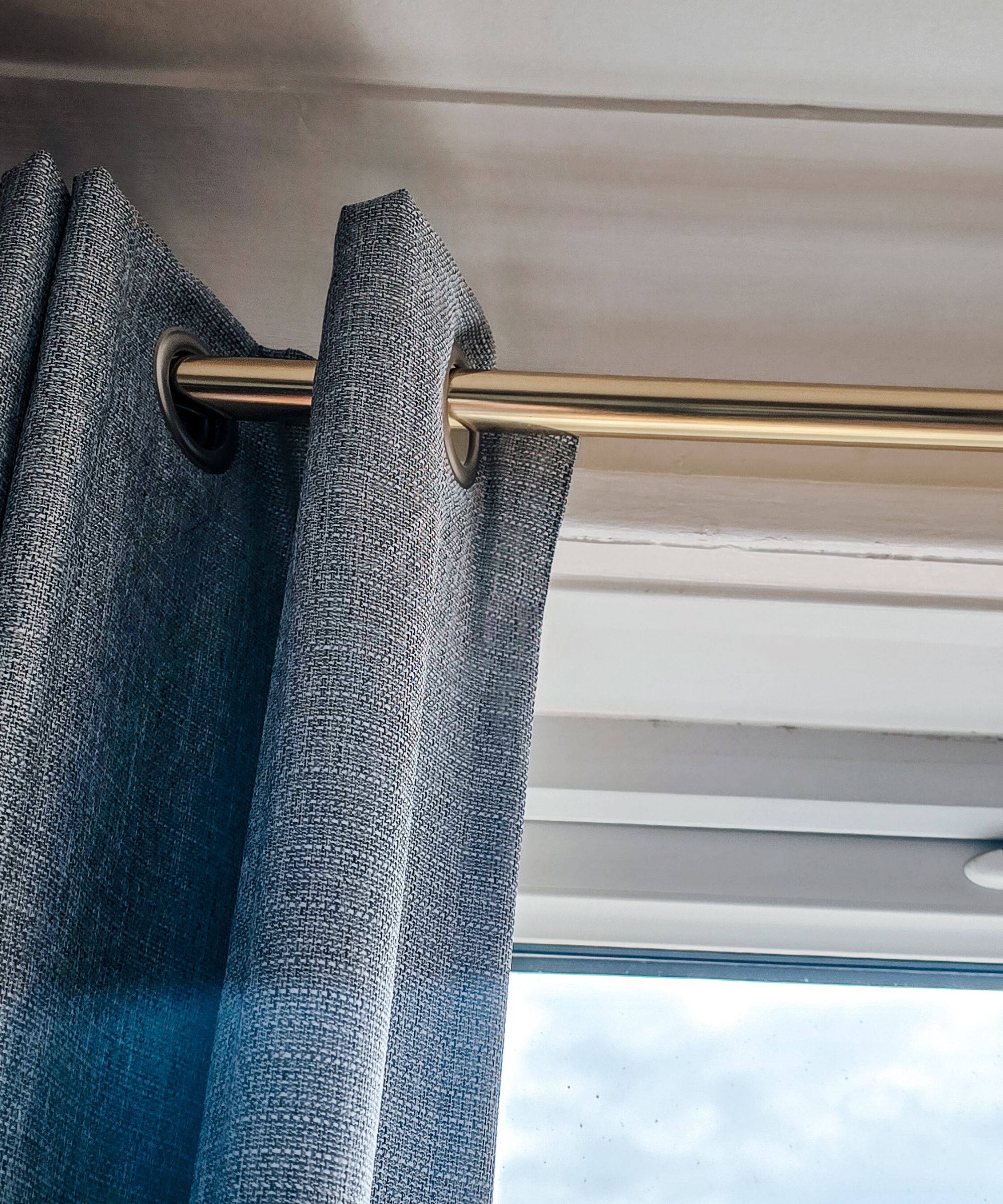
Once you’ve got the right weather, take down any curtains, blinds or other window dressings.
Then, remove any dust or cobwebs from the frame with a vacuum cleaner, handheld vac, or a duster.
“If there’s mold, use soap and warm water, then scrub that with a brush and rinse thoroughly,” James adds.
Step 3: Gather your cleaning supplies
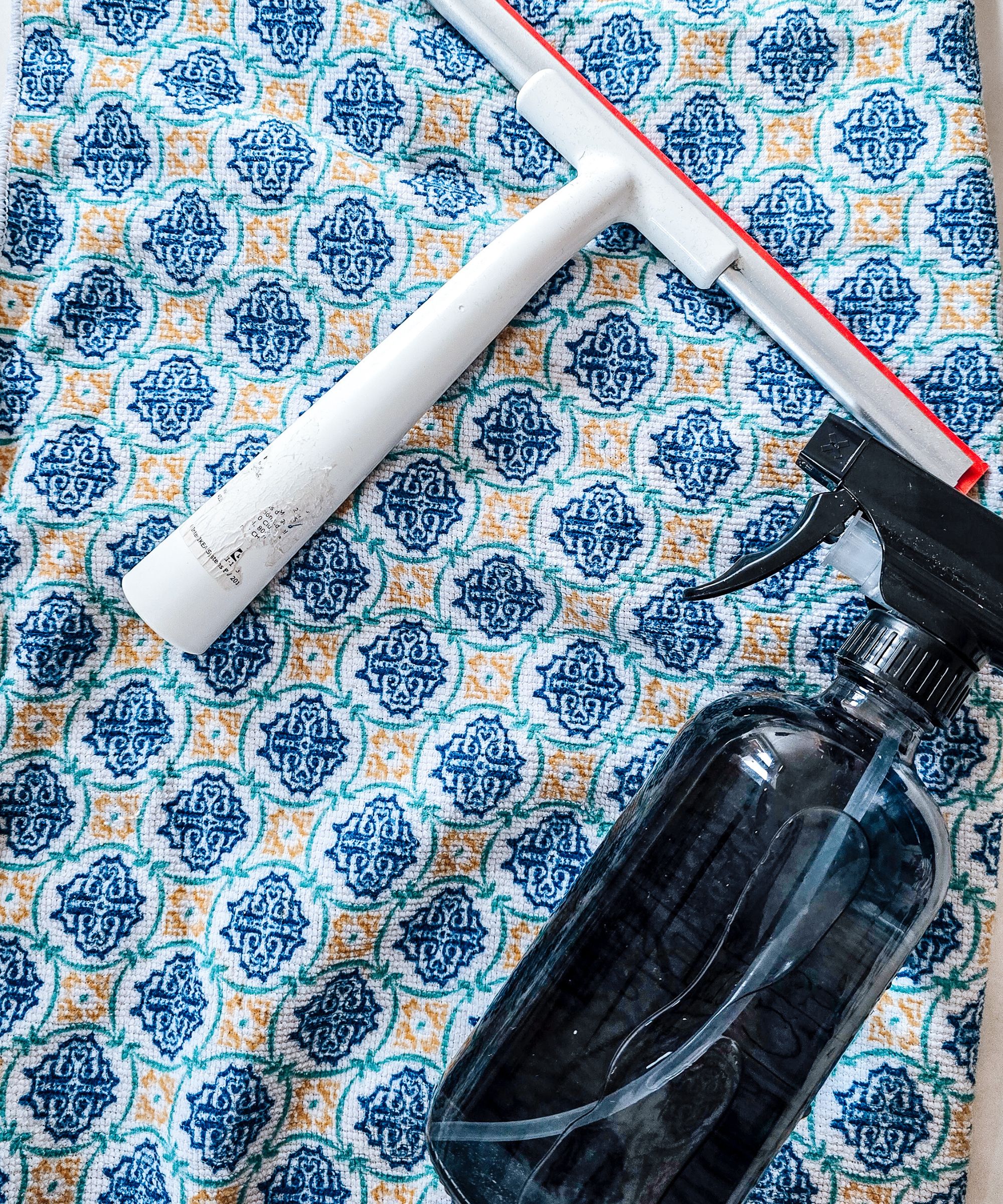
Gather essentials including a squeegee, microfiber cloth, and your choice of cleaning solution.
“I highly recommend a homemade solution made from equal parts vinegar and water,” says Yessica Bello, cleaning expert at Bello's Cleaning. “It’s not only economical but also better for your health and the environment.”
I use this solution and added a few drops of essential oil to make the scent smell better.
Learning how to clean windows with vinegar is easy and there are a few top tips you can learn along the way.
If you’re looking for an even stronger solution, James recommends the Windex Glass and Window Cleaner Spray Bottle from Amazon, which has a bottle made from 100% recovered coastal plastic and resists build-up for 30 days.
Step 4: Begin cleaning
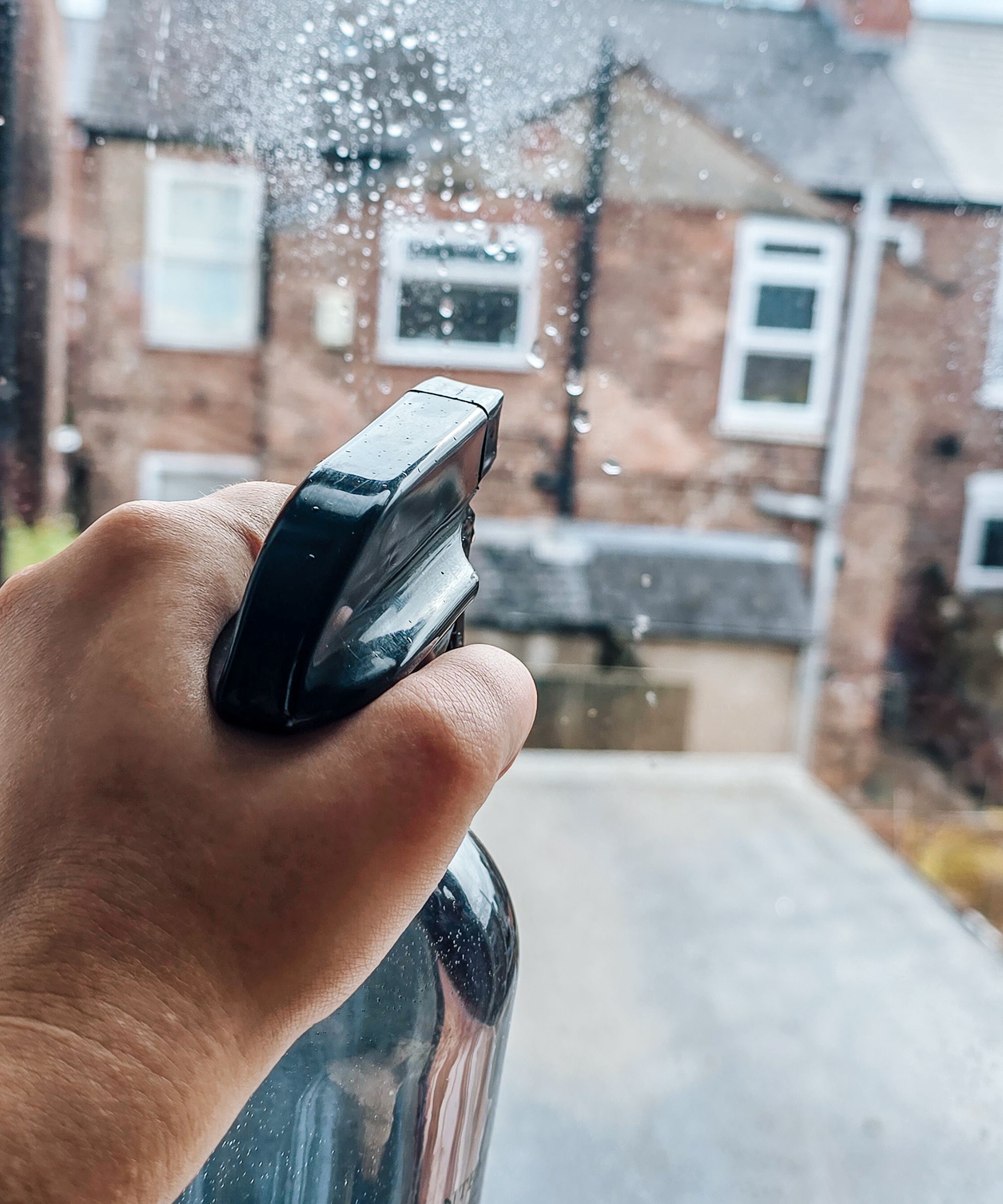
Start by spraying your solution onto the glass and use a microfiber cloth to spread it evenly.
“Microfiber is fantastic for this purpose as it cleans without leaving any lint,” Yessica says.
For those stubborn spots or window grime, James says a paste made from baking soda and water can do wonders.
“Just apply it to the spots, let it sit for a few minutes, and then wipe clean,” he says.
Step 5: Squeegee and let dry
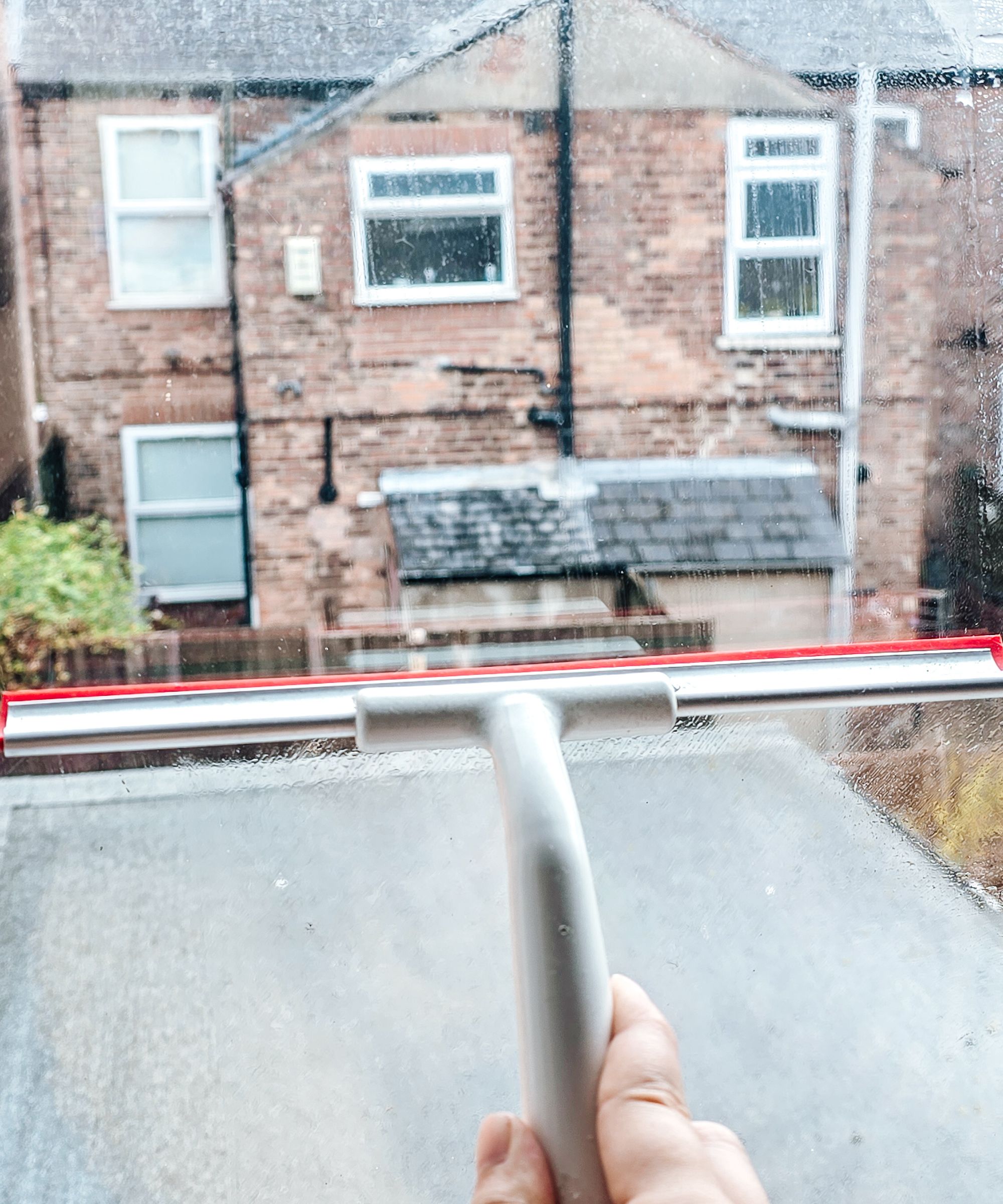
From here, you can use a squeegee (the Mr. Siga Multi-Purpose Silicon Squeegee from Walmart has a rubber blade and a handy suction hook), starting from the top corner of the window, making vertical or horizontal strokes.
“After each stroke, wipe the squeegee blade with a clean cloth to prevent streaks,” Yessica adds.
Put some on a microfiber cloth and wipe in a zigzag or circular motion to avoid streaks. The same motion works for mirrors. If you don’t have microfiber cloths to hand, chances are that you have an old newspaper lying around instead.
“Crumple it up, and buff the mirror — the texture of the newspaper helps to absorb excess moisture and leaves behind a sparkling shine,” James says.
Once you've done this, all you need to do is leave your windows to dry, before hanging up your curtains and blinds back up again.
Our favorite window cleaning essentials
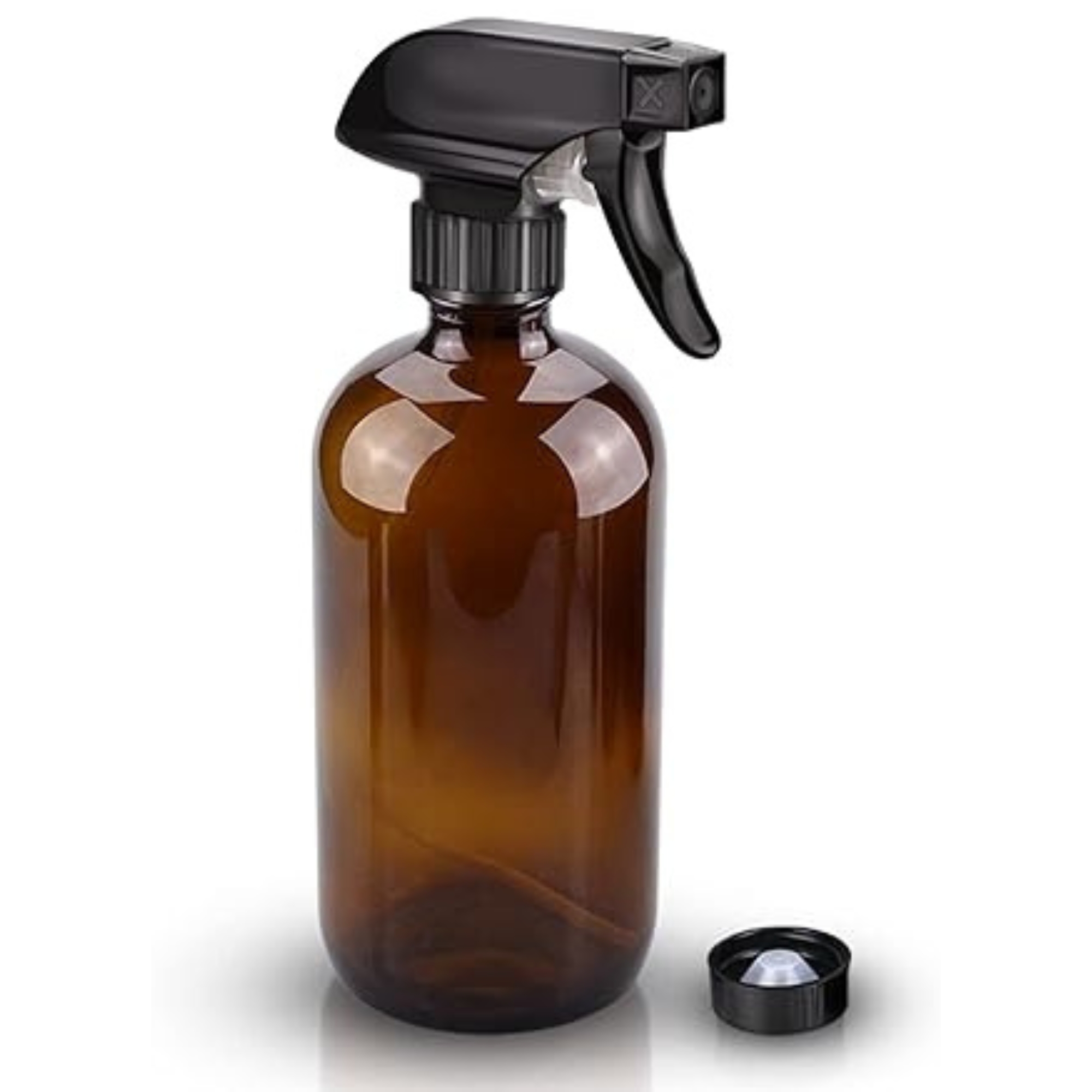
Size: 16 oz.
Made from: Glass
Price: $6.79
If you want to make a homemade window cleaning solution, this bottle will help you do just that. It's made from glass, meaning you can clean it and reuse it easily once you're done. The dark brown color of it also cleverly prevents UV degradation.
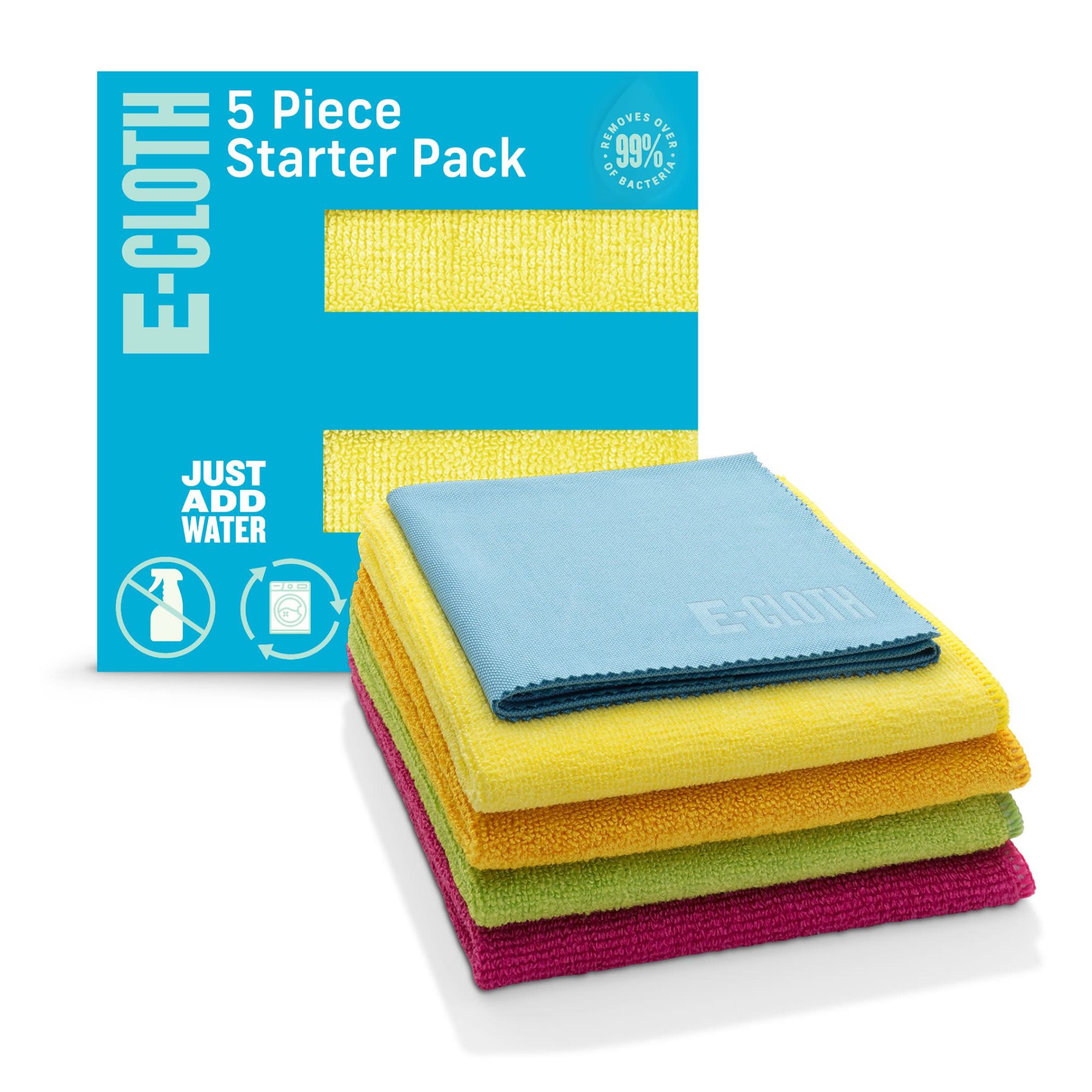
Size (in.): W16 x L20
Made from: Polyester, polyamide
Price: $20.21 for 5pcs
Using these washable E-Cloths to clean your windows will make a big improvement to the sustainability of your setup. Each one has a different use, with one cloth being specially made for glass polishing. And, thanks to the precision-engineered microfiber texture, they can be washed up to 300 times.
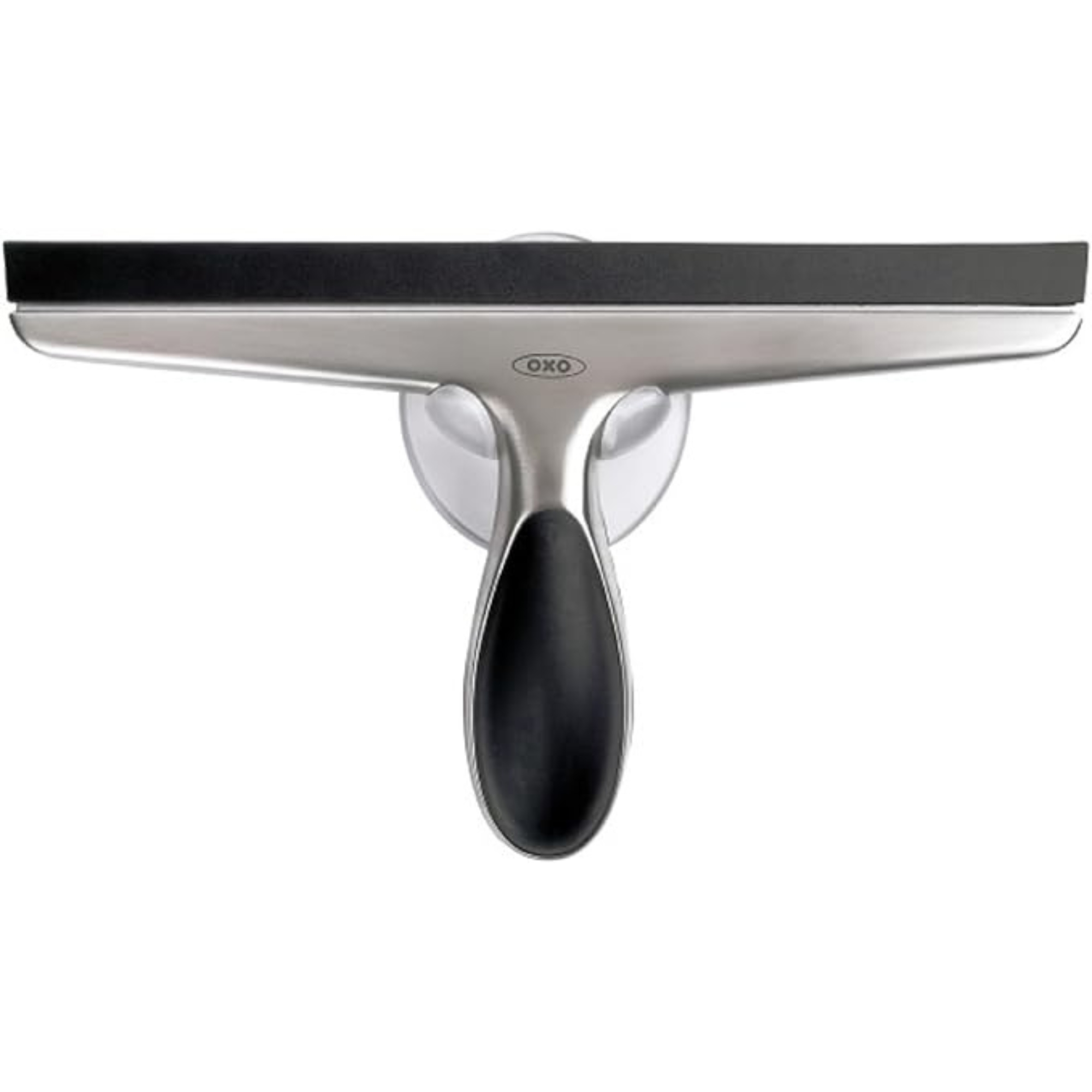
Size (in.): H5.98 x W10
Made from: Stainless steel
Price: $16.57
Amazon shoppers love this squeegee, with over 20,000 shoppers giving it five-star reviews, raving about its build, performance, and ease of cleaning. The flexible blade also works on rippled surfaces, which is ideal for those with patterned window panes.
By following these easy and effective steps, you’ll have cleaned your windows properly and will be left with streak-free, shiny surfaces.
“Go through each one carefully and you’ll leave your windows sparkling clear, rain or shine,” Yessica finishes by saying.
Now you’ve learned how to clean windows without streaks, you can move on to other areas of your home, such as cleaning your floors.

Hi there! I’m the former content editor at Real Homes and I'm now a freelance journalist.. I've been a lifestyle journalist for over five years, previously working as an editor across regional magazines. Before this, I graduated from Nottingham Trent University a degree in journalism, along with an NCTJ gold diploma. For Real Homes, I specialized in interior design, trends and finding the best viral buys.
- Christina ChrysostomouFormer acting head ecommerce editor